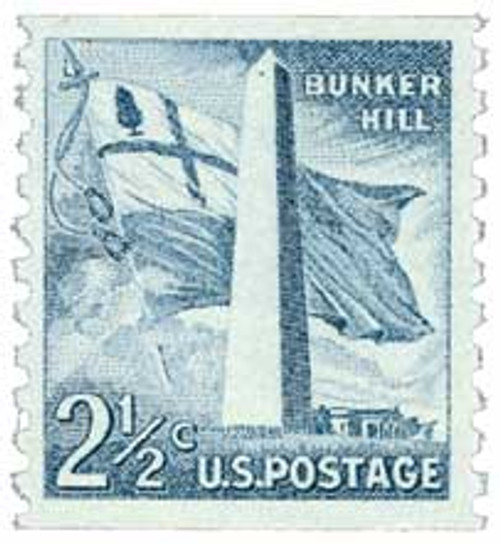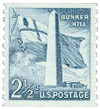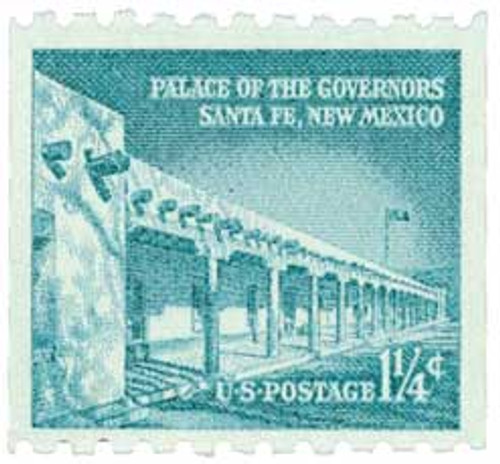
1959 Liberty Series Coil Stamps,2 1/2¢ Bunker Hill Monument
# 1056 - 1959 Liberty Series Coil Stamps - 2 1/2¢ Bunker Hill Monument
$0.80 - $4.50
U.S. #1056
1959 2½ ¢ Bunker Hill Monument
Liberty Series Coil
1959 2½ ¢ Bunker Hill Monument
Liberty Series Coil
Issue Date: September 9, 1959
City: Los Angeles, California
Quantity: Unknown
Printed by: Bureau of Engraving and Printing
Printing Method: Rotary Press
Perforations: 10 Vertically
Color: Gray blue
City: Los Angeles, California
Quantity: Unknown
Printed by: Bureau of Engraving and Printing
Printing Method: Rotary Press
Perforations: 10 Vertically
Color: Gray blue
U.S. #1056 features one of the first major battles of the Revolutionary War the Battle of Bunker Hill. A 221-foot monument rises above the battlefield the first major engagement between British and Colonial forces. The first monument to the battle was an 18-foot-tall wooden pillar with an urn. It was built in 1794 by King Solomons Lodge of Masons in honor of Dr. Joseph Warren, a prominent Colonial figure slain in the battle. The current monument was built in 1842.
U.S. #1056
1959 2½ ¢ Bunker Hill Monument
Liberty Series Coil
1959 2½ ¢ Bunker Hill Monument
Liberty Series Coil
Issue Date: September 9, 1959
City: Los Angeles, California
Quantity: Unknown
Printed by: Bureau of Engraving and Printing
Printing Method: Rotary Press
Perforations: 10 Vertically
Color: Gray blue
City: Los Angeles, California
Quantity: Unknown
Printed by: Bureau of Engraving and Printing
Printing Method: Rotary Press
Perforations: 10 Vertically
Color: Gray blue
U.S. #1056 features one of the first major battles of the Revolutionary War the Battle of Bunker Hill. A 221-foot monument rises above the battlefield the first major engagement between British and Colonial forces. The first monument to the battle was an 18-foot-tall wooden pillar with an urn. It was built in 1794 by King Solomons Lodge of Masons in honor of Dr. Joseph Warren, a prominent Colonial figure slain in the battle. The current monument was built in 1842.

















